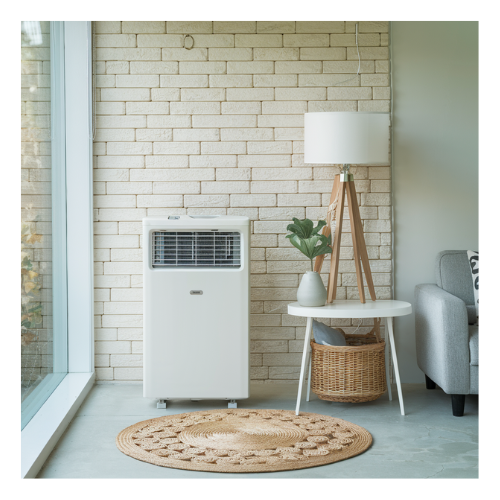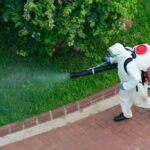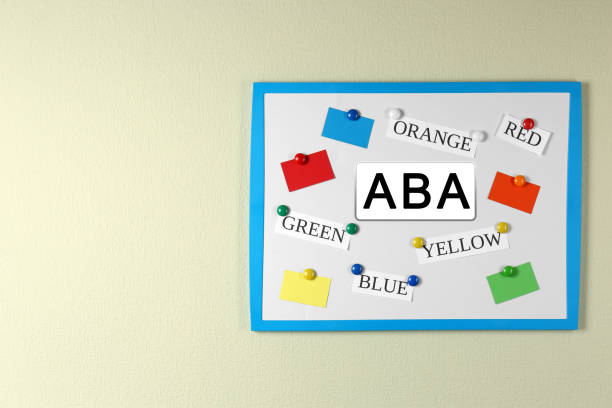A reverse cycle portable air conditioner is a versatile addition to any home, providing both cooling and heating in one compact unit. Ideal for those who want year-round climate control without the need for separate systems, these appliances offer a convenient solution for managing indoor temperatures. Whether you’re dealing with sweltering summer heat or chilly winter nights, a reverse cycle portable air conditioner can keep your space comfortable. In this guide, we’ll delve into the features, benefits, and considerations of reverse cycle portable air conditioners, helping you make an informed choice for your home.
What is a Reverse Cycle Portable Air Conditioner?
1. Understanding the Technology
A reverse cycle portable air conditioner, also known as a heat pump, is designed to both cool and heat your living space. It operates on the same principle as a traditional air conditioner but can reverse its refrigeration cycle. In cooling mode, it removes heat from the room and expels it outside. In heating mode, it extracts heat from the outside air and brings it inside, even when temperatures are low.
2. How It Works
The unit contains a refrigerant that circulates between an evaporator and a condenser. In cooling mode, the evaporator absorbs heat from the indoor air, while the condenser releases this heat outside. When switched to heating mode, the process reverses: the condenser absorbs heat from the outside air and transfers it indoors, where the evaporator releases it into the room. This dual functionality makes it a year-round climate control solution.
Key Features to Consider
1. Cooling and Heating Capacity
The capacity of a reverse cycle portable air conditioner is measured in British Thermal Units (BTUs). This rating determines how effectively the unit can cool or heat a room.
-
8,000 to 10,000 BTUs: Ideal for small rooms up to 250 square feet.
-
12,000 to 14,000 BTUs: Suitable for medium-sized rooms between 250 and 500 square feet.
-
16,000+ BTUs: Best for larger rooms or spaces over 500 square feet.
When choosing a model, consider the size of the room and your specific heating and cooling needs.
2. Energy Efficiency
Energy efficiency is a crucial factor in selecting a reverse cycle portable air conditioner. Look for units with a high Energy Efficiency Ratio (EER) or Seasonal Energy Efficiency Ratio (SEER). Models with Energy Star certification are typically more efficient, which can help reduce your energy bills and environmental impact.
3. Noise Levels
Noise levels vary between different models. Some reverse cycle portable air conditioners can be quite noisy, which may be disruptive in quiet spaces like bedrooms or offices. Check the unit’s decibel rating and consider models designed for quieter operation if noise is a concern.
4. Portability and Design
Portability is one of the main advantages of a reverse cycle portable air conditioner. Look for models with features such as wheels, handles, and a compact design for easy movement and storage. Ensure the unit is designed to fit comfortably in your space without obstructing airflow.
5. Additional Features
Modern reverse cycle portable air conditioners come with various additional features:
-
Dehumidification: Many units include a dehumidifier to remove excess moisture from the air, improving comfort and air quality.
-
Remote Control: A remote control allows for convenient operation from a distance.
-
Programmable Timer: Set the unit to turn on or off at specific times to enhance convenience and energy savings.
-
Air Purification: Some models include filters that help clean the air while cooling or heating.
Choosing the Right Reverse Cycle Portable Air Conditioner
1. Assess Your Needs
Start by evaluating the specific heating and cooling needs of your space. Measure the room size and consider factors like insulation, window placement, and exposure to sunlight. This will help you determine the appropriate BTU rating for your unit.
2. Compare Models and Brands
Research different models and brands to find one that fits your needs and budget. Look for customer reviews and ratings to gauge real-world performance and reliability. Reputable brands often provide better support and warranty options.
3. Set a Budget
Reverse cycle portable air conditioners come in a range of prices. While it might be tempting to opt for the cheapest option, investing in a higher-quality unit can result in better performance and durability. Set a budget that balances cost with the features you require.
4. Consider Long-Term Costs
In addition to the initial purchase price, think about the long-term costs of running and maintaining the unit. Energy-efficient models may have higher upfront costs but can save money on your electricity bills over time. Regular maintenance, such as cleaning filters and checking hoses, can also affect long-term expenses.
5. Check Warranty and Support
A good warranty provides peace of mind and protects your investment. Look for models with comprehensive warranties and reliable customer support. This can be especially important if you encounter any issues with the unit.
Maintenance Tips for Your Reverse Cycle Portable Air Conditioner
1. Clean the Filter Regularly
The air filter in your portable air conditioner should be cleaned or replaced regularly to ensure optimal performance. A dirty filter can reduce efficiency and affect air quality. Follow the manufacturer’s recommendations for cleaning intervals.
2. Drain the Condensate
Reverse cycle portable air conditioners produce condensate as they operate. Some models have a reservoir that needs to be emptied periodically, while others feature self-evaporating technology. Check the condensate levels regularly to ensure efficient operation.
3. Inspect Hoses and Connections
Regularly inspect the exhaust hose and window kit for leaks or blockages. Proper installation and maintenance of these components are essential for effective cooling and heating.
4. Store the Unit Properly
If you won’t be using the unit for an extended period, such as during the off-season, clean it thoroughly, empty any water from the reservoir, and store it in a dry, protected place.
Conclusion
A reverse cycle portable air conditioner offers a versatile and convenient solution for managing indoor temperatures year-round. By considering factors such as cooling and heating capacity, energy efficiency, and additional features, you can select a model that meets your specific needs. For complete climate control, you might also explore other options, such as electrical heaters, to ensure your home remains comfortable throughout the year. Balancing cooling and heating solutions will help create an optimal living environment, regardless of the season.
FAQs
1. How does a reverse cycle portable air conditioner differ from a regular air conditioner?
A reverse cycle portable air conditioner can both cool and heat a space, while a regular air conditioner is designed solely for cooling. The reverse cycle model uses a heat pump mechanism to reverse the refrigeration cycle and provide heating in addition to cooling.
2. Can a reverse cycle portable air conditioner heat a large room?
The heating capacity of a reverse cycle portable air conditioner is determined by its BTU rating. For larger rooms, you may need a unit with a higher BTU rating. Ensure the model you choose is appropriate for the size of the room you want to heat.
3. How often should I clean the filter?
It is recommended to clean the filter every 1-2 weeks, depending on usage. Refer to the manufacturer’s guidelines for specific maintenance recommendations to ensure optimal performance.
4. Can I use a reverse cycle portable air conditioner while I’m away from home?
Yes, many models come with programmable timers and remote controls, allowing you to set the unit to operate according to your schedule. This feature helps you manage your home’s climate even when you’re not there.
5. What should I do if my reverse cycle portable air conditioner is not heating properly?
If the unit is not heating properly, check the filter for clogs, ensure that the unit is correctly set to heating mode, and verify that the exhaust hose is properly installed. If issues persist, consult the user manual or contact customer support for troubleshooting assistance.



